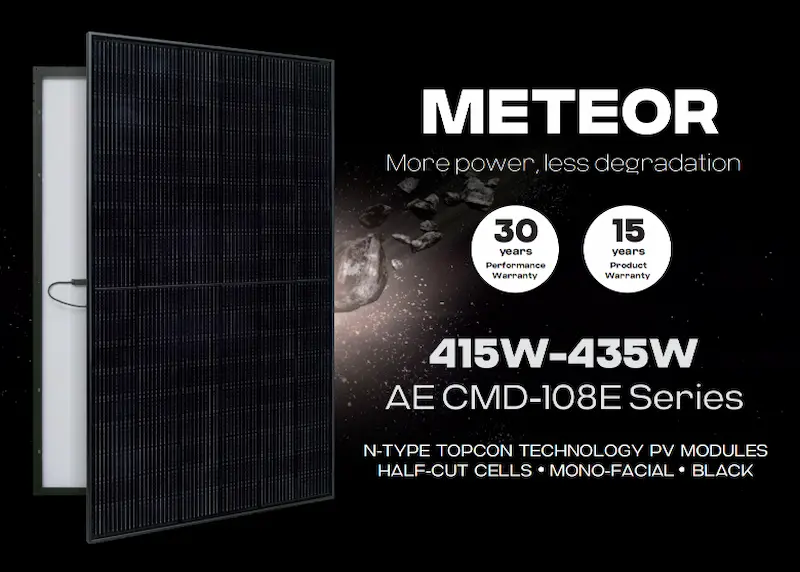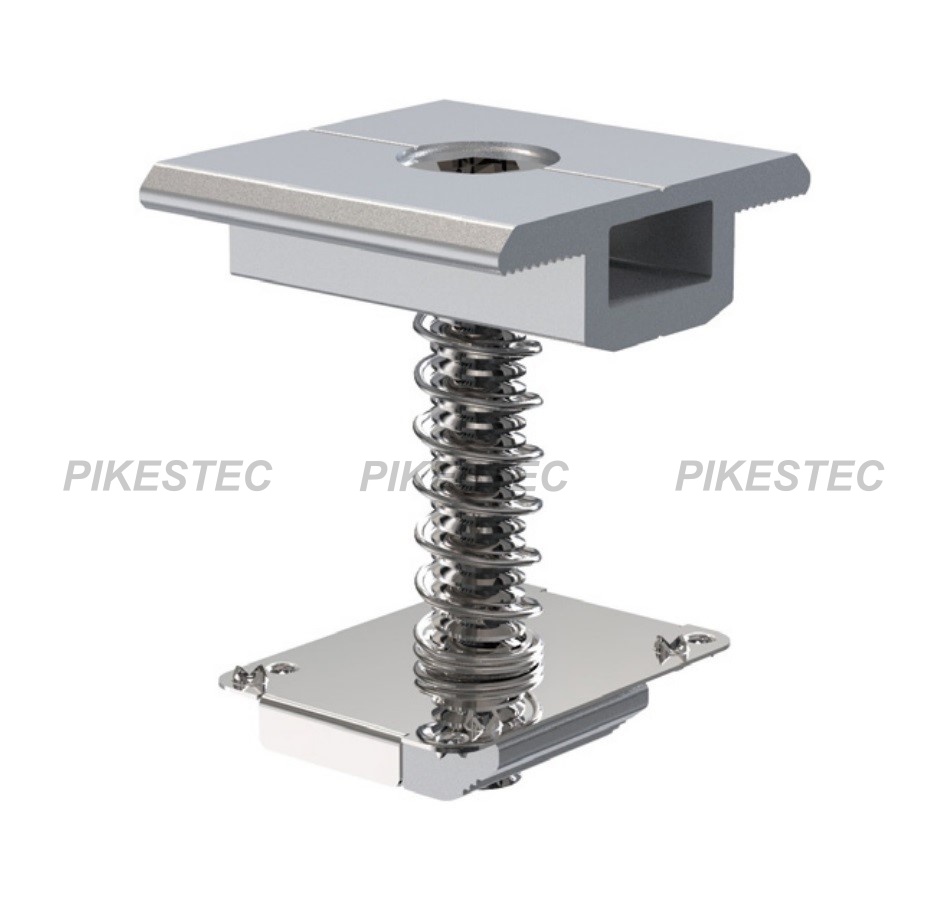Which to consider before flat roof solar mounting

There are plenty of benefits to going solar for homeowners. However, it’s not always feasible for everyone. First and foremost – having a flat roof that can support solar panels is mandatory. So, how can you tell if your flat roof is good for solar?
This can easily be determined by asking the following four questions:
- How many solar panels do I need?
- Does my roof have enough space for flat roof solar mounting?
- What material is my roof made of?
- Will I need to replace my roof in the next 25 years?
This might feel like a lot to unpack on your own, but have no fear! In this article, we’ll take a deep dive into these questions in hopes of helping you find out if your roof is suitable for solar.
- Determining whether solar will suit your roof comes down to solar potential. It’s important to have a large enough flat roof to fit the amount of flat roof solar mounting systems you need.
- Traditional asphalt and metal roofs are the best materials for solar projects. Solar installations are riskier on tile or wooden roofs.
- If you do not have a flat roof suitable for solar, alternatives to roof solar include ground-mounted and community solar.
- Roofs with more than 25 years of life left are best for solar panels.
How many solar panels do I need?
Before determining whether your roof can accommodate solar and buy a flat roof solar mounting system, you need to know how much physical space the system will take up.
When figuring out how many solar panels you need, consider these three factors:
- Your energy usage:More energy consumption demands more panel space, more efficient panels, or more sunlight.
- Sun exposure: If your home gets a good amount of direct sunlight, you can get away with fewer or less efficient panels.
- Solar panel efficiency:More efficient panels mean that you will need fewer of them because they are better at converting sunlight into energy relative to less efficient panels.
Once you arrive at the number of solar panels you need, you can finally estimate the square footage your solar energy system will occupy. Take the typical solar panel size – 17.55 square feet – and multiply it by the number of solar panels you need. The result approximates how many square feet your solar system will take up. For reference, a typical home in the United States needs 19 to 23 solar panels to cover its energy bills. That’s between 335 and 405 square feet. Therefore, a home requiring 19 to 23 solar panels needs at least 335 square feet of roof space.For a more in-depth look at how to calculate how many solar panels you need for your home, please contect us.
How much space does my roof have?
If your roof doesn’t have enough space, it’s not suitable for solar panels.
This concept might seem like a no-brainer, but it’s crucial to know your roof’s measurements beforehand. Given a typical roof measures around 1,700 square feet and an ordinary solar system needs no more than 405 square feet, it would seem most roofs make the cut four times over.
However, you won’t be using all that space. Penetrations like chimneys, skylights, and vents obstruct solar panels. Additionally, panels can’t go across ridges and valleys, which further limits the usable space on your roof.
Solar panel systems also don’t work as well without direct sunlight. Even if you have bountiful space, solar panels in shady areas or on a north-facing roof will produce less power.
Less-than-optimal sunlight won’t take you out of the running for solar, but keep in mind that you may need more panels (and roof space) than your initial estimate.
How to measure your roof
The most accurate way to measure your roof entails climbing up there with a tape measure. This roof estimate tool, which factors in skylights, vents, and dormers, delivers an accurate enough estimate for the cost of a roof replacement.
Once you take your measurements, compare the square footage figures between your roof and your solar system. Your roof will suffice as long as you have more space than the estimated square footage your solar array will occupy.
If you have enough space, but the numbers seem too close for comfort, look to install solar panels with higher efficiency to make up for the lack of space. These panels produce more power per square foot, which means you can fit the system you need in a smaller area.
If you can’t make the space room for rooftop solar, consider ground-mount solar panels and carport solar panels.
Is my roof due for a replacement?
Since well-maintained solar panels can perform beyond 25 years, we recommend ensuring the underlying material will last at least as long.
You very well could replace a roof with solar panels installed. However, the process requires more time, money, and logistics than necessary. Installers essentially need to remove and re-install the system before and after the roofing job.
Imagine putting a brand-new granite surface on top of shoddy kitchen counters. You could transfer the countertop over for when you inevitably replace the counters, but doing the full remodel first would have been far more time and cost-effective.
Roofs with more than 25 years of life left get our seal of approval for a solar installation. If you’re unsure about this, you can get a roof inspection from a professional for a reliable answer or contect us. If you know when you had your roof installed, you can also subtract its age from its expected lifespan for a rough estimate
Conclution

In a time when the benefits of going solar are too tempting to ignore, there are a few compelling reasons to not go solar – or rather why solar isn’t necessarily right for you. Having a roof that is suitable for solar is 100% a dealbreaker. Therefore, homeowners should confirm whether their roof can house solar panels by calculating their system size and measuring how much roof space they have to work with.
You can also save yourself the hassle by contact us and consult with a solar installation professional to determine the most suitable system for your project. With a firm grasp of your future solar savings, if or when to install a new roof is the final item to consider.




